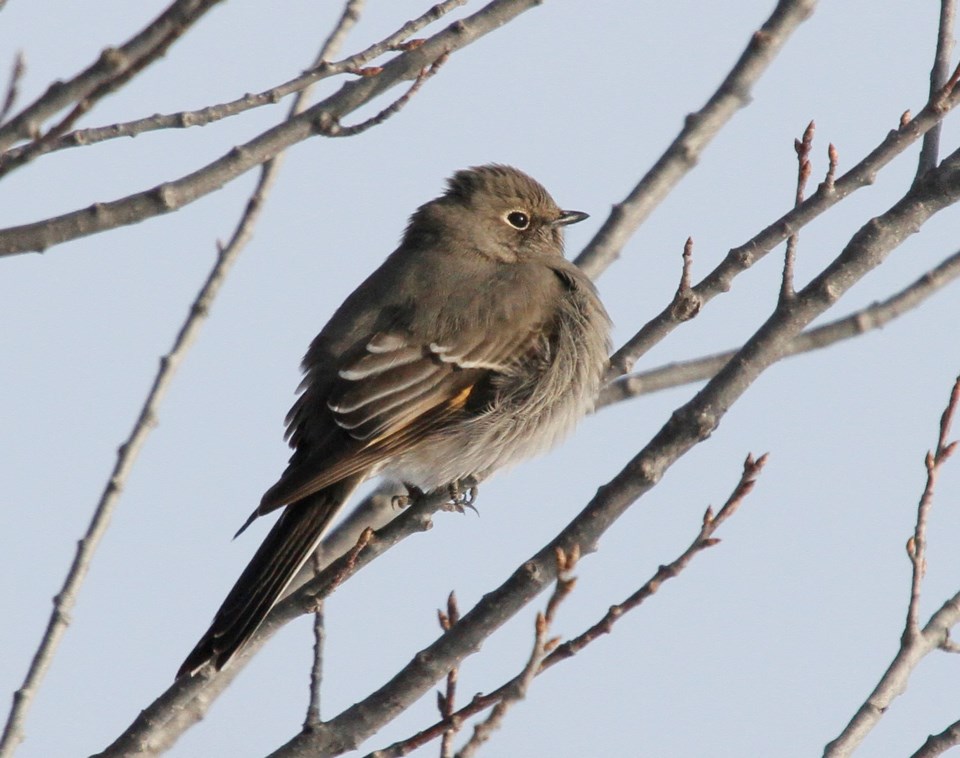YORKTON - A recent headline on a farm media website caught my attention.
It read; ‘Bird survey focuses on regenerative farming’.
Now one doesn’t want to assume too much, even in an opinion piece, but it is highly likely birds are going to congregate more on land in which regenerative farming practices are used.
The idea of regenerative farming in the broadest of strokes, is to treat the land more naturally, and that has to dovetail nicely with where wildlife – birds being part of that – are happiest.
The fate of wildlife – at least south of the tree line – relies largely on farmland.
Yes there are enclaves of public lands – provincial parks an obvious example – but most land on the Prairies is farmed, and for wildlife to survive their life and life cycles generally have to fit into the general operational practices of a modern farm.
And the two things – wildlife survival and farming techniques – don’t necessarily mesh that well.
In the days of my youth some 50 years ago, dad might well have climbed down off the tractor to move a duck nest that would otherwise have gone through the cultivator – a cultivator that was probably 12-18 feet in that era.
That isn’t likely to happen when you are pulling tillage equipment that can be 70-feet so you may not even notice the nest.
And sloughs survived in my youth.
Today the goal is to drain them because again it’s handier for large equipment not needing to manoeuvre around them.
And today, most producers rely on chemicals for weed and bug control, and while that is understandable in terms of maximizing crop production, it might not be the best thing for birds which eat weed seeds and bugs, and may not fare the best if soaked by the aerial application of a crop protection product.
It probably isn’t the best for whitetail, or fox, or other mammals either.
Now you can make the argument that the world doesn’t need sparrows or meadowlarks as much as it needs food production, and that is hard to disagree with.
But, it would be better to find a balance which allows birds to survive and crop to be produced.
So far it hasn’t seemed a priority for most, and that is reflected in lower bird counts of many species today than even a few decades ago. That in itself is not an encouraging trend.
It is a trend we obviously need to work to change before it is too late for the birds.






